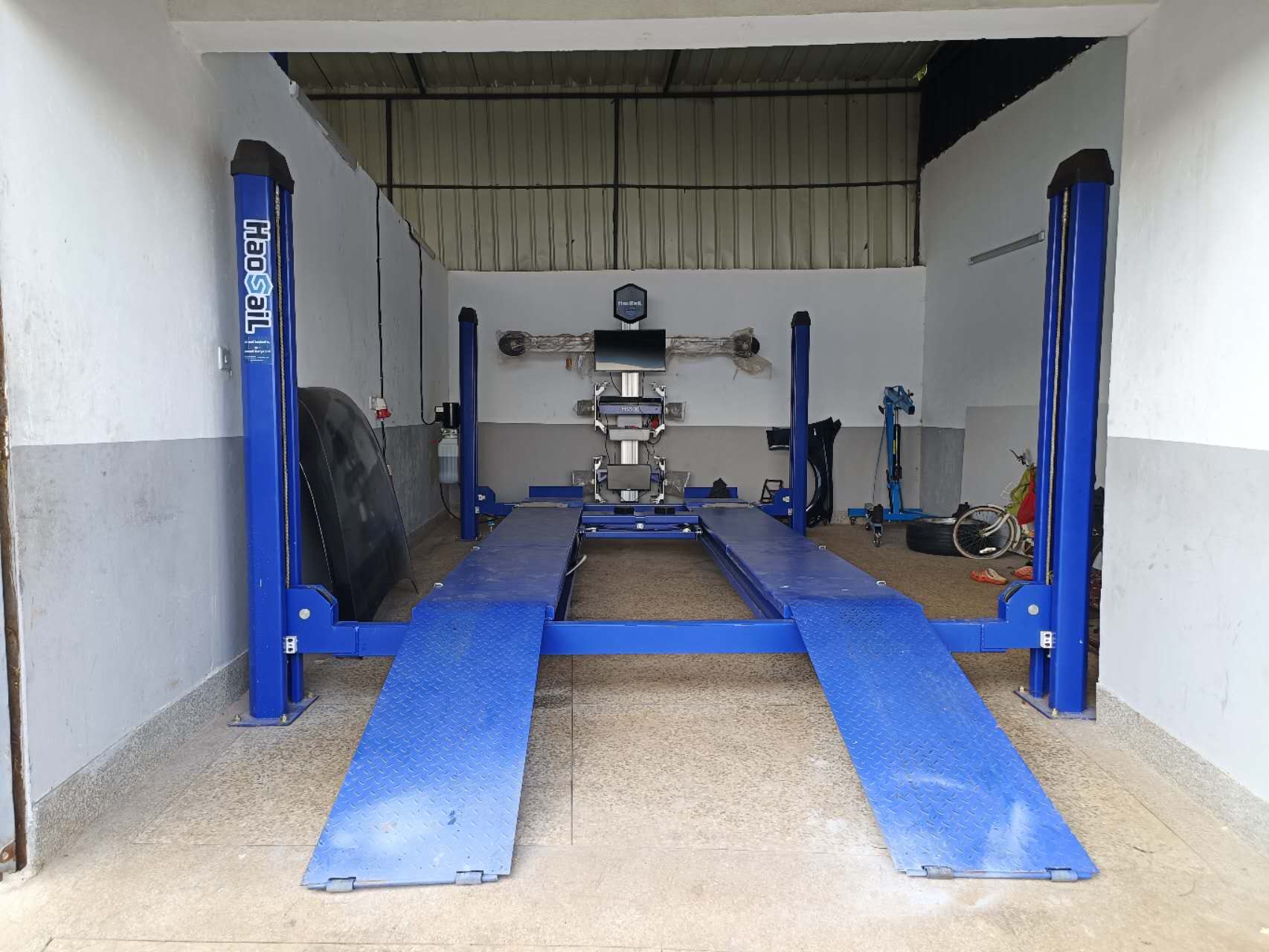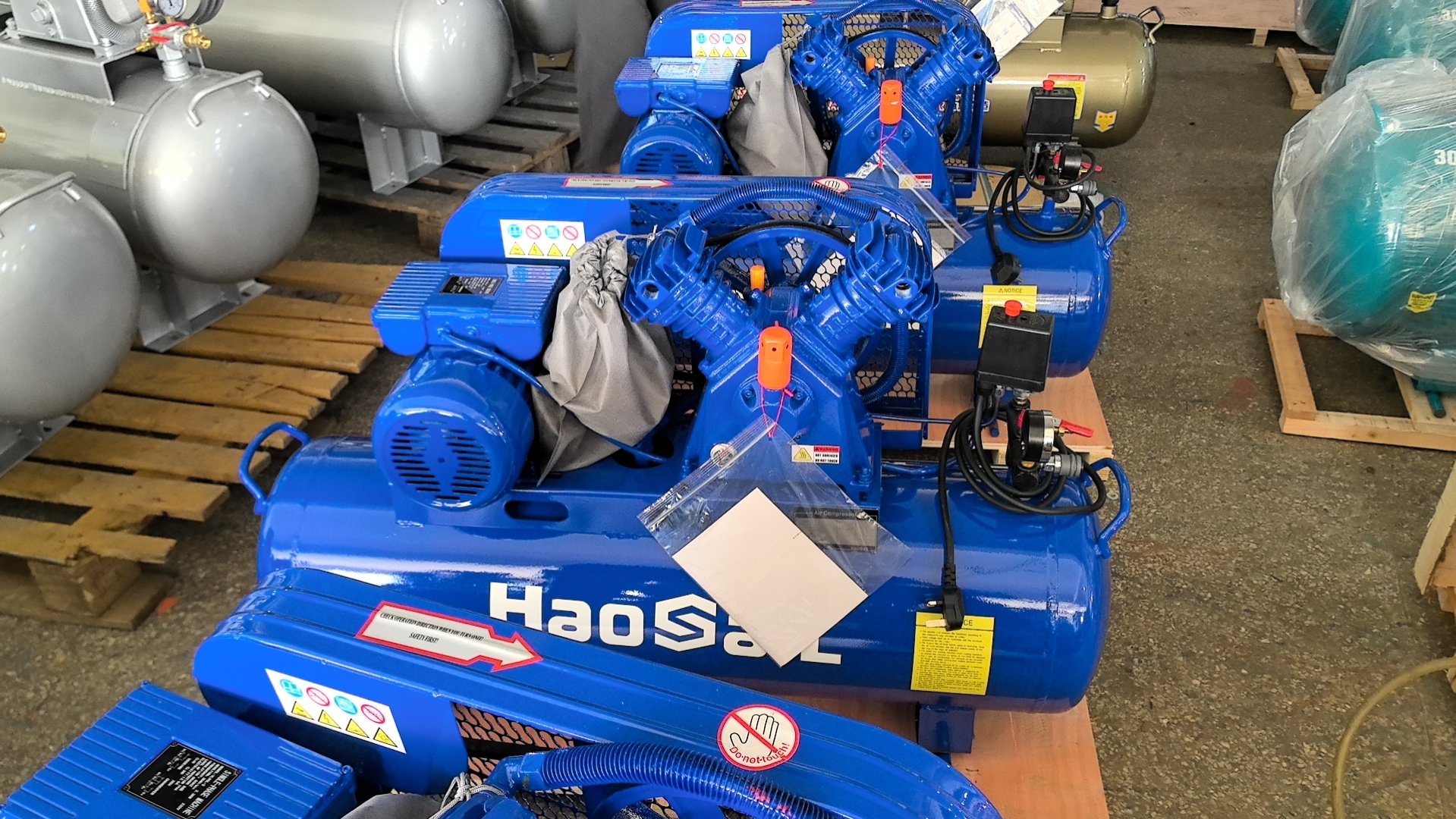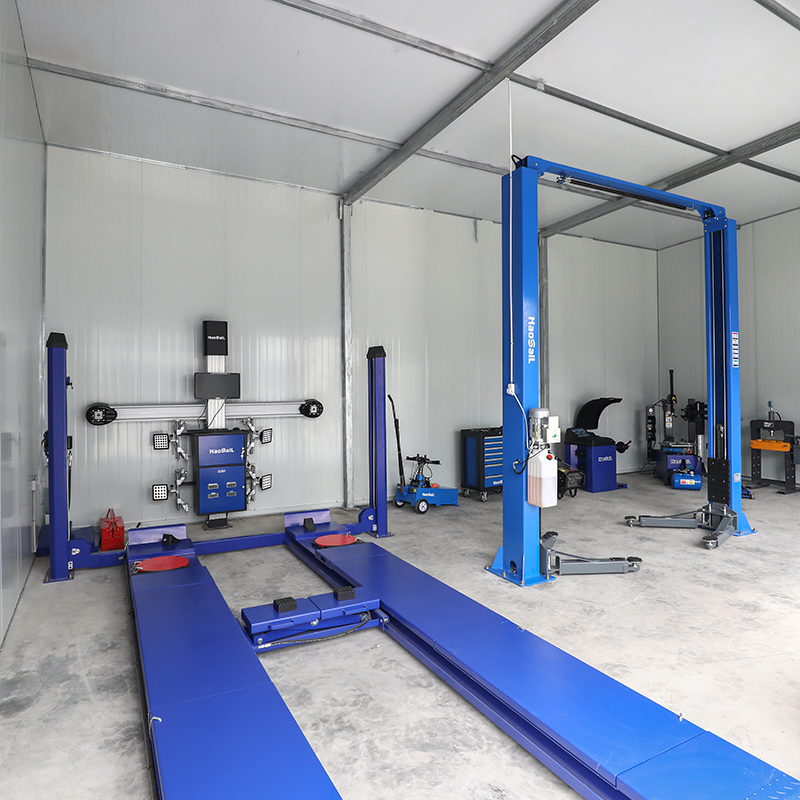
May 29, 2025

May 27, 2025

Apr 14, 2025
Apr 07, 2025
B4, Qingdao High-Tech Zone, No. 17 Songyuan Road, Qingdao.
+86 13864822549
Now that we know what the similarities between table saws and panel saws are, let’s move on and figure out what makes them different from each other.
One of the primary differences between these two types of saws is that panel saws can generally handle much larger sheets of materials than table saws. Table saws can cut smaller planks of wood, as well as boards, but they really aren’t designed to handle very large sheets, such as plywood sheets. Panel saws, on the other hand, are specifically designed for things like large plywood sheets. They have much larger tables to fit the materials on.
With that being said, you can build or buy both infeed and outfeed tables for table saws, in order to allow them to handle larger pieces of material. That said, the base models are typically not designed for very large sheets.
One thing that does need to be said about panel saws is that they are specifically designed to cut rectangular sheets, or in other words, they can cut both lengthwise and widthwise, but they cannot make angled cuts.
A table saw generally comes with a miter slide, which means that you can adjust the horizontal angle of the cut. Most table saws also allow you to adjust the angle of the blade to make a variety of bevel cuts, something that a panel saw usually cannot do. So, if you need to cut at angles, a table saw is what you need.
Although panel saws may come in the vertical variety that doesn’t take up much floor space, the fact of the matter is that panel saws are never portable. These machines are just way too large to move around. Now, we did mention that most table saws are also not portable, but that said, there is one special type of portable table saw, the benchtop table saw, that can be taken from one job site to another.
Generally speaking, a panel saw is going to take up more physical space than a table saw. With that being said, one thing to keep in mind is that panel saws can be vertical in nature, which means that although they do need a lot of space, they don’t actually take up a lot of floor space. Being able to stand upright means that they can generally be placed against a wall somewhere. A table saw cannot be placed upright against the wall.
As you can see, how much space these saws take up really depends on the type of saw in question, as a small benchtop table saw will take up less space than anything else.
As mentioned above, panel saws are ideal for cutting a variety of rectangular shapes, and in terms of materials, they can handle things like solid sheet wood, plywood, MDF, plastic sheets, and melamine sheets. When it comes to a table saw, it can generally handle all of those materials, but depending on the blade that you get to, they may also be able to cut sheet metal, such as sheet aluminum and sheet brass.
Although panel saws may come in the vertical variety that doesn’t take up much floor space, the fact of the matter is that panel saws are never portable. These machines are just way too large to move around. Now, we did mention that most table saws are also not portable, but that said, there is one special type of portable table saw, the benchtop table saw, that can be taken from one job site to another.
Generally speaking, a panel saw is going to take up more physical space than a table saw. With that being said, one thing to keep in mind is that panel saws can be vertical in nature, which means that although they do need a lot of space, they don’t actually take up a lot of floor space. Being able to stand upright means that they can generally be placed against a wall somewhere. A table saw cannot be placed upright against the wall.
As you can see, how much space these saws take up really depends on the type of saw in question, as a small benchtop table saw will take up less space than anything else.
As mentioned above, panel saws are ideal for cutting a variety of rectangular shapes, and in terms of materials, they can handle things like solid sheet wood, plywood, MDF, plastic sheets, and melamine sheets. When it comes to a table saw, it can generally handle all of those materials, but depending on the blade that you get to, they may also be able to cut sheet metal, such as sheet aluminum and sheet brass.
What it really all comes down to here is the size of the material that is being cut. If you are cutting very large sheets of plywood or other similar materials, and what you need are rectangular sheets or boards, such as for flooring or wall panels, then it is a panel saw that you need.
However, if you are working on smaller materials that don’t need so much space, and you also need to be able to make angled cuts, not just rip cuts and crosscuts, and you also need something that has the potential to be portable, such as a benchtop table saw, then it is a table saw that you want to go with.
There you have it folks, everything that you need to know about panel saws and table saws in order to make an informed decision between the two.